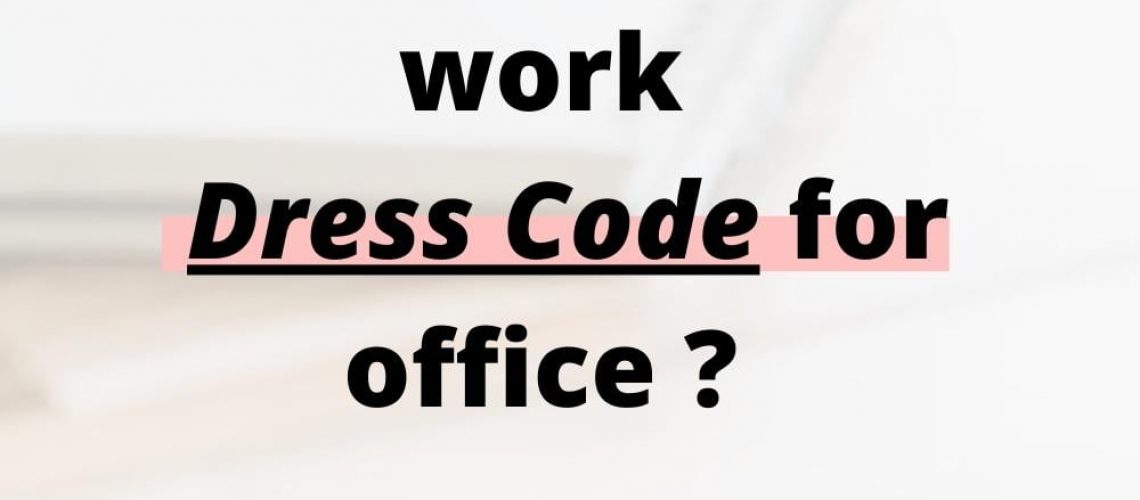What Exactly Is an Dress Code for office?
An office dress code specifies the level of formality that can be worn to work. Most workplaces do not have a written dress code; instead, they use broad terms like “business professional,” “business formal,” “business casual,” or “casual.”
You’ll be able to dress for success if you learn more about those categories and determine which one applies to your workplace.
What should you wear to work on a daily basis? Are the clothes you usually put on in the morning the best choice if you’re aiming for a promotion? What if you’re a new employee who wants to fit in?
What if you recently made a mistake and are attempting to regain your boss’s favor? What if you’ve recently taken on a management position and want to send the right message to your new team of direct reports?
What do your clothing choices have to do with any of these objectives? As it turns out, plenty. We’ve learned a few things about workplace attire after countless consultations with hiring managers from a variety of industries.What you wear can have a significant impact on your likeability as well as your progress toward your objectives (whatever they may be on a given day),as well as the faith your superiors and peers are willing to place in you. Keep these things in mind as you go through your work wardrobe.
- To begin, most people who work in office jobs (without uniforms) have the freedom to wear whatever they want every day. But this freedom is a mirage. Look closer, even if the dress code says you’re fine as long as you don’t wear shorts.Your workplace’s unwritten dress code may be just as strict as those in the handbook. Pay attention to the clothing of your managers and the most highly respected coworkers.
- Most people dislike being confronted with an overwhelming array of options every weekday before coffee time. As a result, they keep things simple by wearing an average of seven different outfits each week.This is acceptable. Simply make certain that your seven are working hard for you (and once a month or so, remove or add a new blouse or tie to the rotation).
- “Dressed to impress” is a bad idea. People are not generally drawn to those who play subtle dominance games in the workplace.You don’t sabotage your relationships by attempting to persuade your coworkers that you’re smarter than they are, and you know better than to boast about your salary to those who may be earning less than you.So don’t wear an expensive suit to work every day in an office full of peers dressed in shirts and slacks. This will not impress anyone, and it may irritate and alienate them. It’s a difficult way to meet new people.
- At the same time, underdressing demonstrates a general lack of respect for the enterprise. If everyone else is dressed in slacks and buttoned shirts and you show up in jeans and a t-shirt every day, your hardworking, respectful colleagues may be annoyed.
- People should be thinking about your words, not your clothes, when they interact with you. Ideally, your clothes should blend in so well with your personality and surroundings that they are forgotten.
- When in doubt, go for earth tones (which suit all body types and skin tones), greys, tweeds, muted blues, and whites. Select natural fabrics such as cotton, linen, and wool.This includes men’s shirts, pants, and accessories, as well as women’s skirts and dresses. Maintain the cleanliness and scuff-free condition of your shoes. Keep an eye out for anything stained, ill-fitting, damaged, or overly sexy.
